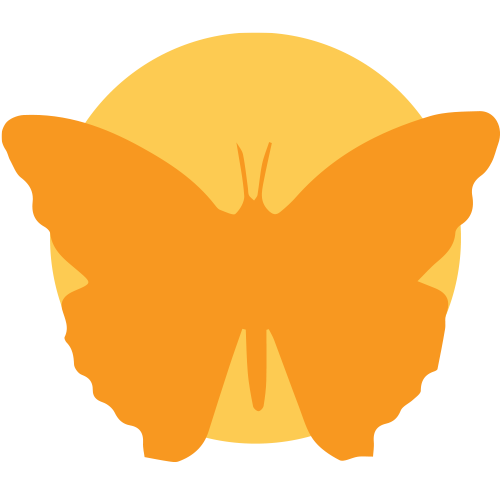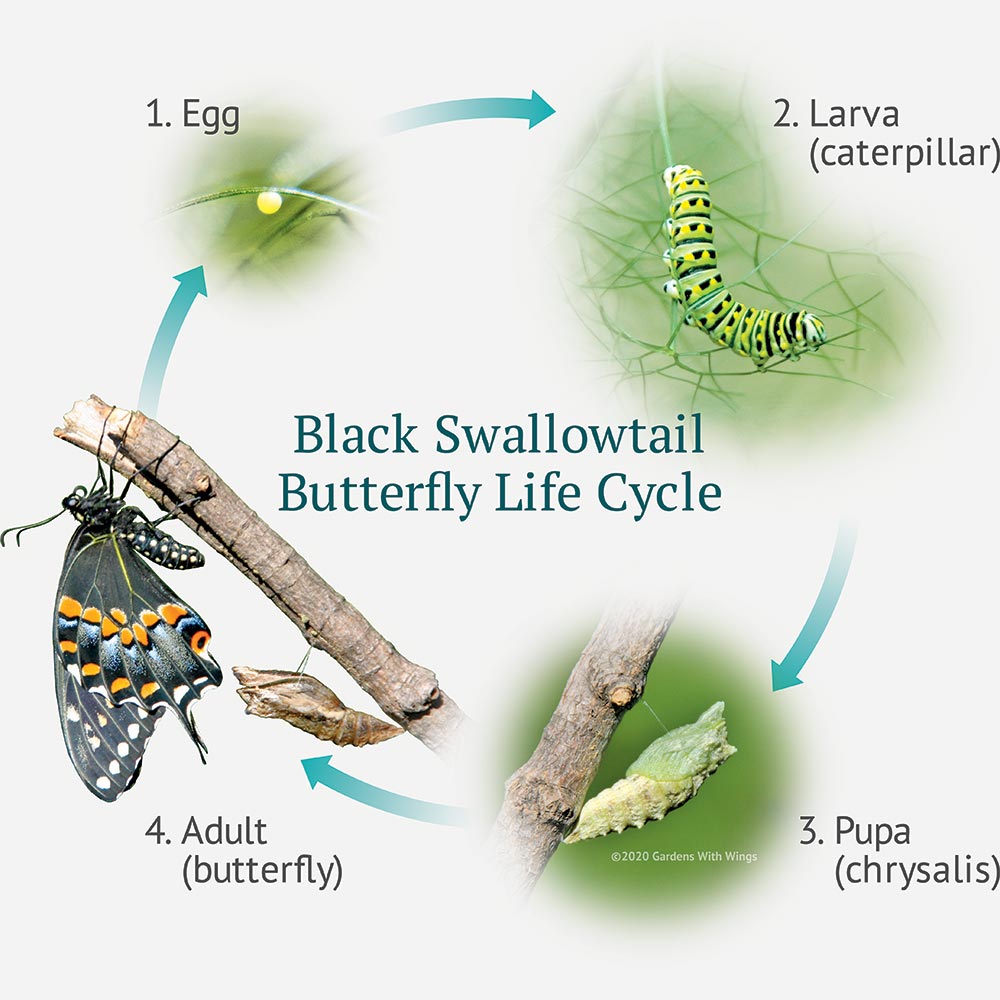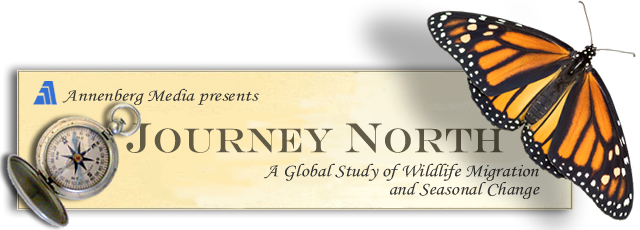

Children of all ages enjoy watching butterflies flitter from flower to flower. Creating a butterfly habitat will attract butterflies for your students to observe and study by providing food, water and shelter for all four life cycle stages of butterflies:
1) egg
2) larva or caterpillar
3) chrysalis
4) butterfly
Below is information that will help you build and maintain your butterfly habitat and use it as an educational tool:
Butterflies will utilize flowering wildflowers, bushes and trees for their food source, nectar, and some will acquire their mineral needs drinking around decomposing plants or animals or around animal dung. Butterflies also get their water needs met by drinking nectar and visiting shallow puddles. Different species of butterflies only lay their eggs on specific species of plants (referred to as “host plants”) and the caterpillars will only eat these plants before creating a chrysalis to go through metamorphosis into an adult butterfly. Butterflies typically take refuge from inclement weather or predators in bushes or trees.
Optional Habitat Enhancements:
These FREE Materials Budget documents include a list of all of the materials needed to construct one of the butterfly gardens (listed below) on your own.
Visit our Plant Suggestions webpage to find a list of plants ideal for a butterfly habitat.
Butterfly Habitat Project Plan:
Materials Budget & Construction Instructions
FREE Project Plan – Active Habitat Lab Members can log in to the Habitat Lab Members Portal
PURCHASE Project Plan – Visit our STORE
The links below are to kid-friendly webpages that will help your students explore and research the habitats, plants, and wildlife in your Habitat Lab:

Gardens-with-Wings
Butterfly-Black-Swallowtail-Life-Cycle-Diagram
Below are free activity pages related to butterflies:
Below are free activities & lesson plans related to butterflies:

Journey North is one of North America’s premiere citizen science programs for people of all ages. You and your students can report your monarch sightings and your school will be added to the map in real-time as waves of migrations move across the continent. Also, check out their “Symbolic Monarch Butterfly Migration” when your students can send “butterflies” to students in Mexico!

Monarch Watch strives to provide the public with information about the biology of monarch butterflies, their spectacular migration, and how to use monarchs to further science education in primary and secondary schools. Also, follow their guidelines for planting and maintenance to turn your butterfly habitat into a certified Monarch Waystation!

KidsGardening’s mission is to create opportunities for kids to play, learn, and grow through gardening, engaging their natural curiosity and wonder. They support educators and families with grant funding, original educational resources, inspiration, and community to get more kids learning through the garden.
Use these General Maintenance Tips (PDF) to care for your butterfly garden:
Weekly
Late Summer
Butterfly Habitat Maintenance Packet:
FREE Maintenance Packet – Active Habitat Lab Members can log in to the Habitat Lab Members Portal
PURCHASE Maintenance Packet – Visit our STORE
Fall
Winter
Spring
If your garden includes milkweed and you are having troubles with aphids, use our Tips to Control Aphids on Milkweed
Website Design and Digital Marketing by